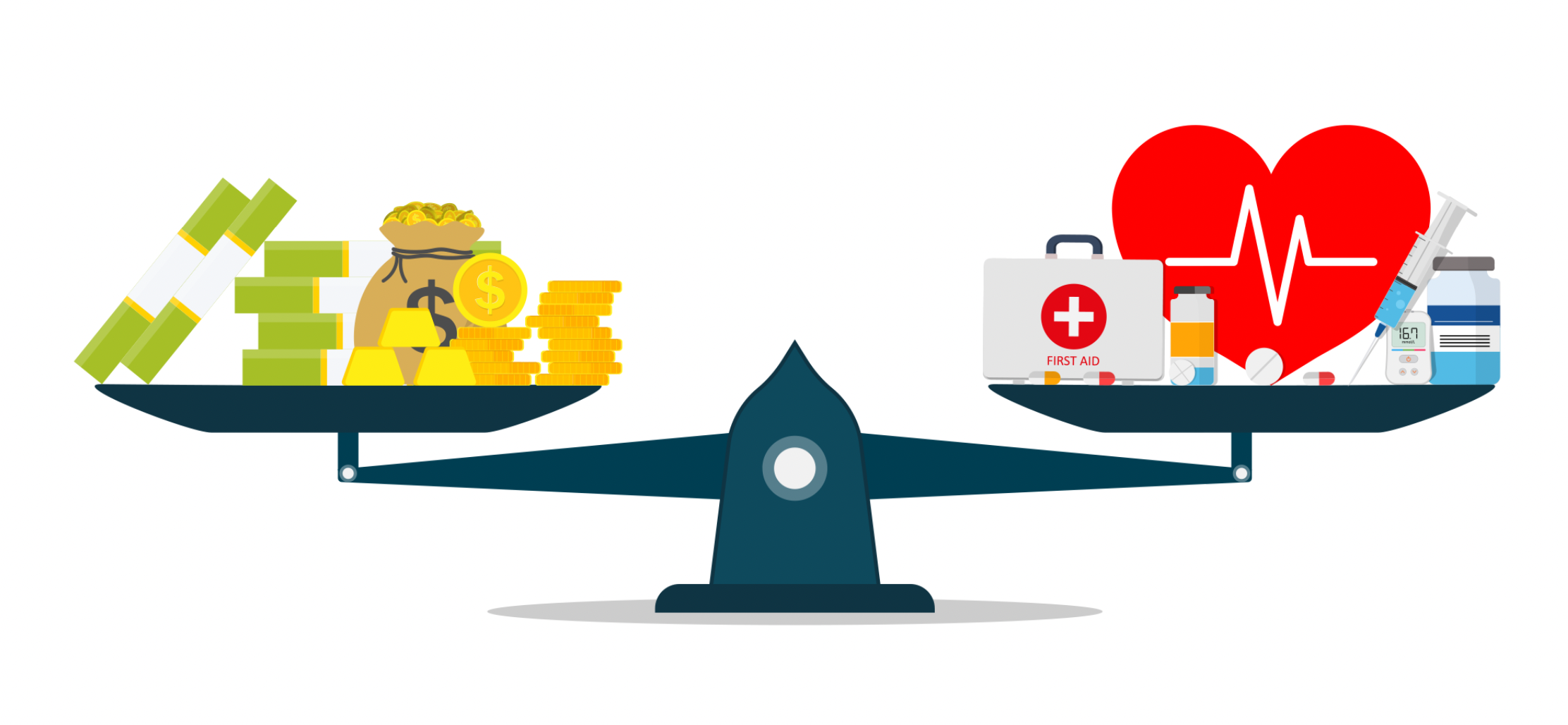Note: This is part IV in the series Why It's a Great Time to Start Remote Patient Monitoring (RPM)
Check out the rest of the series:
- Part I: 3 Reasons Remote Patient Monitoring (RPM) is Great for your Patients
- Part II: 5 Ways Remote Patient Monitoring (RPM) is Great for your Business
- Part III: 5 Ways New Technologies are Making Remote Patient Monitoring (RPM) Easy
-
Part IV: How Remote Patient Monitoring (RPM) Can Reduce Healthcare Costs for Everyone (and Why That's a Good Thing)
A unique combination of factors has made 2021 a fantastic time for providers, payers, and providers to think about getting started with—or expanding—their Remote Patient Monitoring (RPM) and other virtual care programs. These virtual care programs are considered a subset of the broader shift towards telehealth. This series will look at how we've arrived at this unique point in time and what has changed to make RPM a "must-have" offering in 2021, and looking forward into 2022 and beyond.
COVID has played a role in RPM and other forms of telehealth adoption, as we will explore in the series. However, the general trends that will make RPM a future healthcare staple go well beyond COVID or any kind of future epidemic or pandemic-style event. These trends include patient outcomes and attitudes, reimbursement opportunities, new technologies, regulatory exceptions, and the lowering of financial and other risks to get started.
With that, we continue with part IV:
How remote patient monitoring (RPM) can reduce healthcare costs for everyone (and why that's a good thing)
Ultimately, RPM helps improve the immediate health status of patients, so they can avoid costly hospitalizations or ER visits. It can also be employed in a preventative fashion for conditions like pre-diabetes, pre-hypertension, or other conditions. It can even be deployed to reverse the conditions of more advanced disease states.
Additionally, RPM is an investment in high-touch, high-frequency care. The kind of care that prevents high-cost acute events. The more of these events, the more we all collectively pay. You pay for your own acute events out of pocket and with your insurance premiums (medical bankruptcy is the leading cause of bankruptcy in the United States). You pay for the high-cost events of others via higher insurance premiums and taxes. RPM offers improved health status and collectively decreases the long-term cost associated with chronic conditions.
For example, the lifetime cost of treating a heart attack is estimated between $500,000 and $1,000,000. Let's use the conservative $500,000 number for our model. What this means is that avoiding a single heart attack saves $500,000 in our health system. So, that is why our health system, led by CMS, is paying for RPM. They know spending $100–$200 on RPM (per patient per month) quickly pays for itself if it means avoiding a single $500,000 event. And this is only looking at a single adverse-event cost, like a $500,000 heart attack.
Spending $100–$200 on RPM (per patient per month) quickly pays for itself if it means avoiding a single $500,000 event.
More broadly, the United States’ healthcare system spends 90% of its annual $3.8 trillion budget treating chronic conditions, which equates to $3.42 trillion. Couple that statistic with the fact that 60% of the population is estimated to have at least one chronic condition, and we have an interesting scenario on our hands. We are already spending about ~$18,000 annually per patient with at least one chronic condition. This is why spending only $1,200–$2,400 per year on RPM for those patients makes so much sense! It's only ~10% of what we are already spending, and the investment can actually reduce that ~$18,000 per year number.
On the flip side, yes, there are parties in our healthcare system for whom RPM is a threat. These organizations or individuals have a business model that does not want healthier people, does not want fewer, easily preventable hospitalizations or ER visits, and does not want a reduction in chronic disease. They will either have to adapt and embrace a re-factored business model that supports the benefits RPM and other related programs offer—or go out of business.
We understand that not every chronic condition can be prevented, nor every hospitalization avoided. We also recognize that RPM won't be the only tool we use to solve for chronic conditions. But the economic argument for paying for high-touch virtual care management programs (especially for our most at-risk populations) is extremely compelling. We are also excited about further RPM and other virtual care program expansions in 2022. The progress is exciting! Please see: 2022 CMS Proposed Rule Would Expand Remote Patient Monitoring (RPM) and Chronic Care Management (CCM).
If you're ready to discuss the best approach to start or improve RPM and other virtual care programs for your organization, book a virtual meeting with us today!



